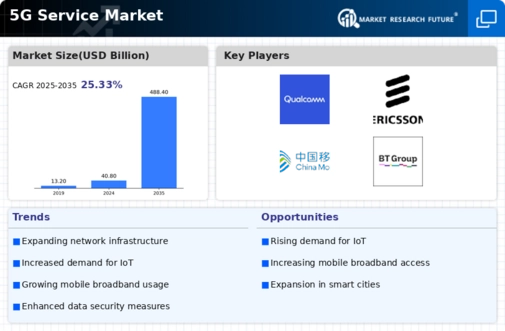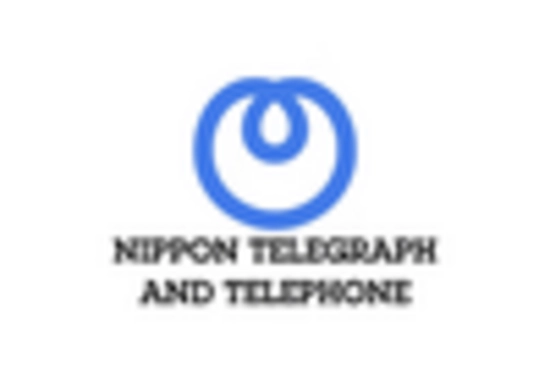Market Analysis
In-depth Analysis of 5G Service Market Industry Landscape
5G wireless mobile services make it possible for everyone to be mobile and linked by giving people a lot of different ways to use their phones and run their businesses. 5G technology's faster link speeds and very low delay will make Ultra-High Definition (UHD) movies, video chats that go smoothly, virtual reality (VR) and augmented reality (AR) games, and other things possible. High-speed data connections are becoming more popular for unified Internet of Things (IoT) apps like smart home energy management. This means that more people will use these services over the next few years. The fact that 5G system integration companies are putting more and more stress on teaming up with telecom carriers is also likely to make more people use these services. To stay alive in a very competitive market, many different types of businesses are focusing on technological changes to make their overall output and working efficiency higher. This is because 5G wireless technology could make big changes in all of these areas by cutting prices and raising output. During the time of the forecast, the market is also expected to grow because more attention will be paid to improving energy tracking and management and getting better control over the network that makes and distributes energy. Like the US, many of the world's largest countries are spending to improve their health care programs. The National Health Expenditure Accounts (NHEA) in the US say that healthcare costs will rise at a rate of almost 7% per year and reach USD 6.2 trillion by 2030. A lot of people think that the modern healthcare business will grow in the coming years since it uses technology to help patients with their treatments. Besides healthcare and energy services, this business could also benefit from the shipping and transportation field. Vehicle-to-Anything (V2X) connection, for example, lets cars talk to each other and drive themselves. Vehicles would need 5G services to connect easily to infrastructure (V2I) and other vehicles (V2V), which would lower the risk of crashes. According to the prediction, the market will continue to grow because of the growing focus on making linked cars safer and better to drive. Using next-generation 5G technologies is becoming more common in public transportation applications. With smart mobile features, these technologies can provide broadband access for public transportation systems like buses and high-speed trains. This way, people can use the internet quickly for fun, learning, and contact. This means that market growth is likely to happen as a result. People are also likely to use 5G services more because of the increased focus on providing reliable and strong connection during natural disasters like storms, earthquakes, and hurricanes. But when it comes to how much service companies should pay for 5G airwaves, governments are giving out ridiculously high prices. After this, service providers would have no choice but to charge end users for these costs. So, high bandwidth costs and a related rise in 5G service membership costs are likely to slow market growth in some ways. Even though the market is still young, some big global service providers are spending a lot of money to build the most cutting edge networks possible so they can serve as many people in their area as possible. Even so, the COVID-19 spread has stopped the global rollout of many 5G cores and base station systems. Also, the fact that many important countries' governments have put off frequency bids for 5G services, such as those in France, Spain, and the US, may slow the growth of the sector.









Leave a Comment